If you’re a new investor passionate about horse racing but unfamiliar with thoroughbred auctions, it’s easy to feel overwhelmed. Maybe you’ve watched seasoned bidders scoop up promising young horses while you were unsure where to start.
The good news? Mastering thoroughbred auction strategies isn’t about decades of experience—it’s about preparation, budgeting, and staying in control.
Here’s how to take command of your auction strategy and walk away with a horse you’re confident in—without overspending or making emotional mistakes.
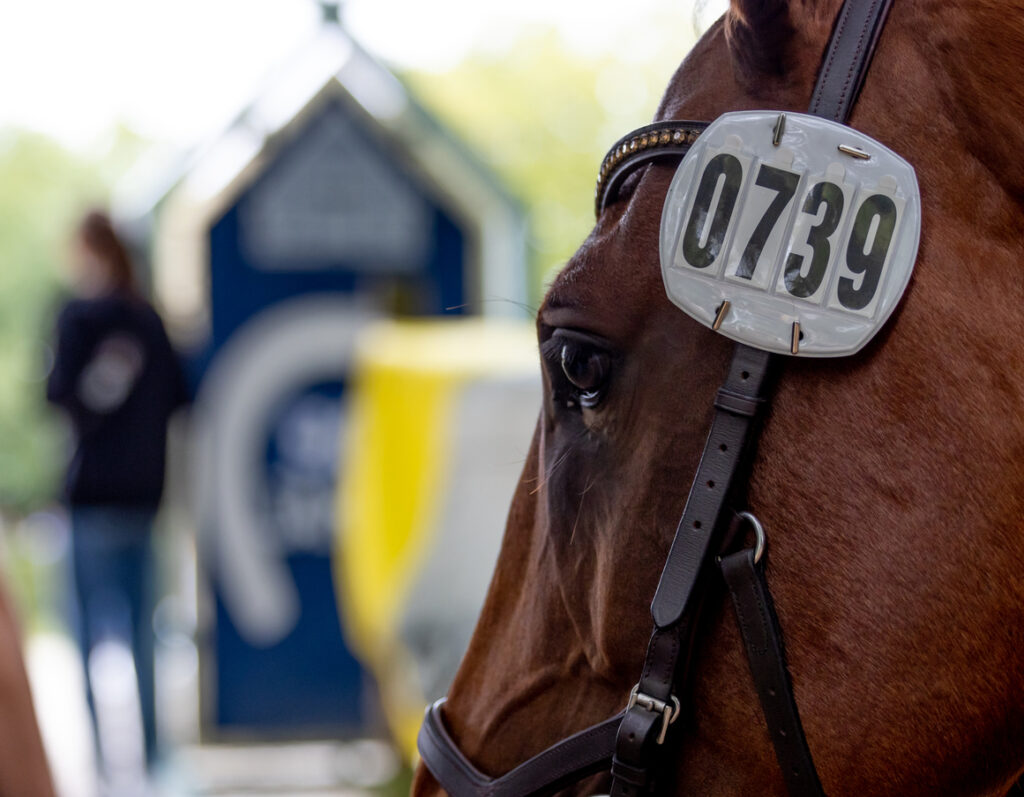
Do Your Homework Before Thoroughbred Auctions
Showing up unprepared to a thoroughbred auction is like walking onto the racetrack blindfolded. You’re guaranteed to make mistakes.
Start by doing your research well before the auction date. Review the sales catalog and analyze each horse’s pedigree.
Look for proven bloodlines, particularly those with successful racing careers. Check for any veterinary reports included in the sale information, as injuries or health issues can significantly impact future performance.
Here’s what to do next: Block out time to study the catalog, compare similar horses, and identify the ones that fit your goals. Whether you’re looking for a racing prospect or a potential breeding horse, you need to know the specifics. Keep an eye out for horses with consistent bloodlines, such as those sired by Grade 1 winners or with a dam that has produced stakes winners.
Thorough preparation builds your confidence and helps you narrow your options to the horses that matter most.
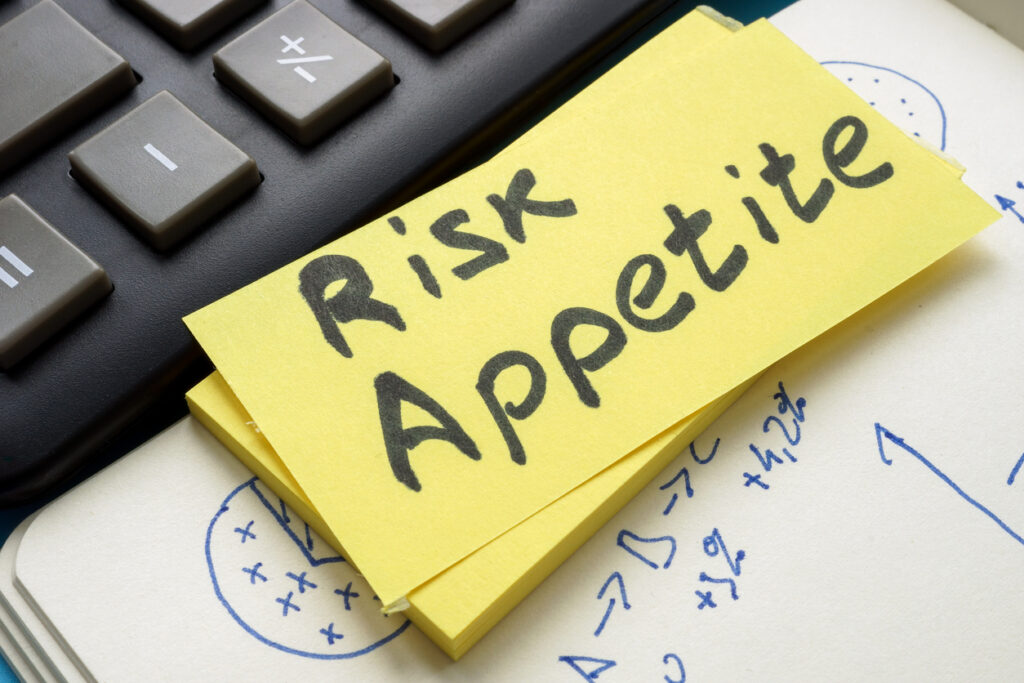
Set a Firm Budget—and Stick to It
Let’s be blunt: Going into an auction without a budget is a guaranteed way to lose money. Set a firm cap on what you’re willing to spend—and I mean firm.
Once the bidding starts, it’s easy to let emotions take over, especially when you think you’ve found the one. But remember, there’s always another horse.
Letting your budget slide “just a little” can snowball into a bigger mistake than you realize.
Here’s a practical example: If your budget is $150,000, that’s it. When the bidding goes over $150,000, walk away. No exceptions. Auctions are designed to play on urgency, but your strength is in knowing exactly when to stop. Be disciplined. Know your number before the auction, and don’t deviate—no matter how exciting it feels in the moment.
A good rule of thumb is to set your budget 10% lower than what you’re willing to spend. This cushion gives you room to adjust to fees or any post-auction expenses.

Don’t Let Emotions Drive Your Bidding Decisions at Thoroughbred Auctions
Emotion can be your worst enemy at an auction. Once the auctioneer’s chant gets rolling and the stakes rise, even seasoned investors can get swept up.
You may find yourself chasing a bidding war, thinking, If I just go a little higher, I’ll win. But ask yourself: win what?
Winning a horse at any price isn’t winning—it’s overpaying.
For example, say you’re eyeing a filly with impressive bloodlines, and the bidding surpasses your budget. The temptation to raise your hand one more time will be there, but that’s a rookie mistake.
At this point, you’re no longer bidding based on the horse’s value; you’re bidding because you want to win. And that’s a quick path to regret.
Instead, keep your cool. Walk away from bidding wars, knowing there are other opportunities.
An investor who sticks to a strategy is always in a better position than one who bids with emotion.

Focus on Value, Not Flash
It’s easy to be dazzled by flashy horses with sleek coats or famous sires, but these aren’t always the best investments. In thoroughbred auctions, value often comes in less obvious packages.
Some of the best investments aren’t the star-studded colts but the quiet fillies with solid pedigrees and understated potential.
Here’s how to recognize value: Look for horses with consistent but not necessarily headline-grabbing bloodlines. For example, a horse from a sire with a strong win percentage but fewer big-name wins can be a more stable investment. Sometimes, it’s the second-tier names in the catalog that offer the best return on investment.
Remember, your goal isn’t to buy the flashiest horse in the ring; it’s to buy a horse that performs well on the track or in the breeding shed.
Leverage Expert Advice (But Don’t Blindly Follow It)
While you should always seek advice from trusted bloodstock agents or trainers, remember that the final decision is yours. Experts can help you understand a horse’s potential, but don’t let them push you into a decision that doesn’t align with your strategy or budget.
At the end of the day, they’re giving you input—you’re the one signing the check.
To get started, follow these three steps for leveraging expert advice: First, always verify the information you’re given. For instance, if a trainer suggests a particular horse, double-check its racing history and pedigree yourself.
Second, ask pointed questions. Don’t be afraid to challenge an opinion—ask why they think the horse will perform well and what they believe the long-term prospects are.
Finally, trust your gut. If something doesn’t sit right, it’s okay to pass on the opportunity.
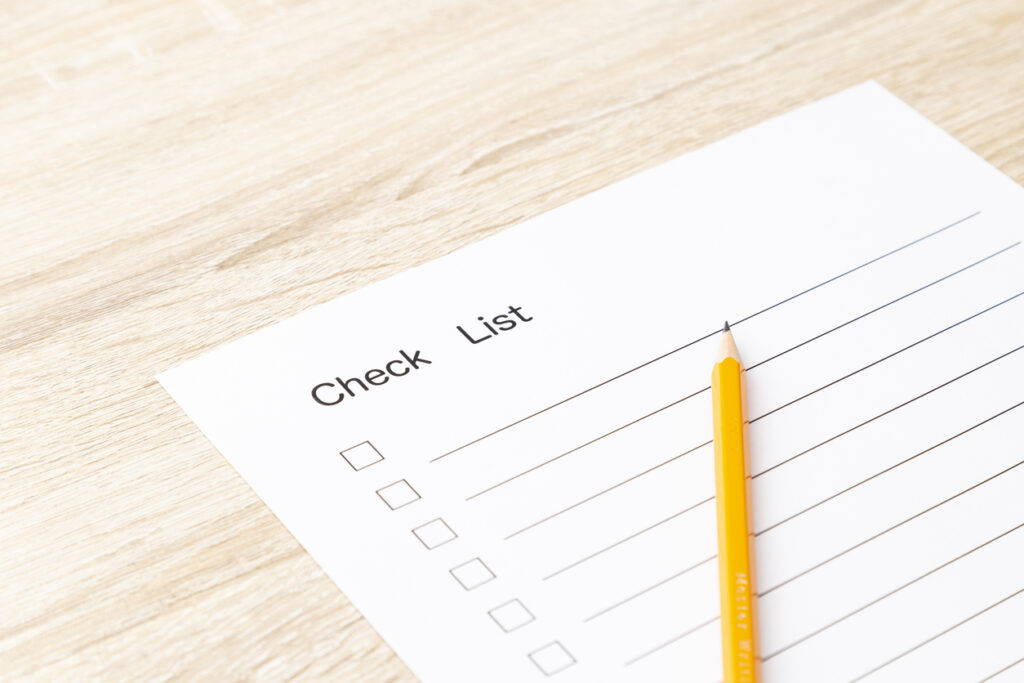
Use a Checklist to Stay Organized
With all the preparation required, it’s easy to forget important details once the auction begins. Having a checklist will help you stay focused and make smarter decisions under pressure.
Here’s a simple checklist you can use:
- Research Thoroughly: Review the catalog, check bloodlines, and examine veterinary records.
- Set Your Budget: Calculate a strict spending limit and remember to include all fees.
- Inspect Horses in Person: If possible, attend pre-auction viewings or arrange for trusted partners to evaluate the horses.
- Stay Disciplined: Don’t get caught in bidding wars, and walk away if the price exceeds your budget.
- Evaluate Post-Auction Costs: Consider transportation, insurance, and initial veterinary care.
This checklist keeps you on track and ensures that you’re not caught off guard by surprises.

Final Thoughts: Success at Thoroughbred Auctions Is All About Discipline
Success at thoroughbred auctions doesn’t come from luck—it comes from discipline. The more prepared you are, the more confident and clear-headed you’ll be during the bidding process.
Thorough research, a strict budget, and a firm grip on your emotions are your keys to success. Auctions can be exhilarating, but if you follow these steps, you’ll find yourself walking away with a horse you can feel good about—and an investment you won’t regret.
To put it into action, start today: research the upcoming auctions, set your budget, and use these strategies to master the art of bidding like a pro.
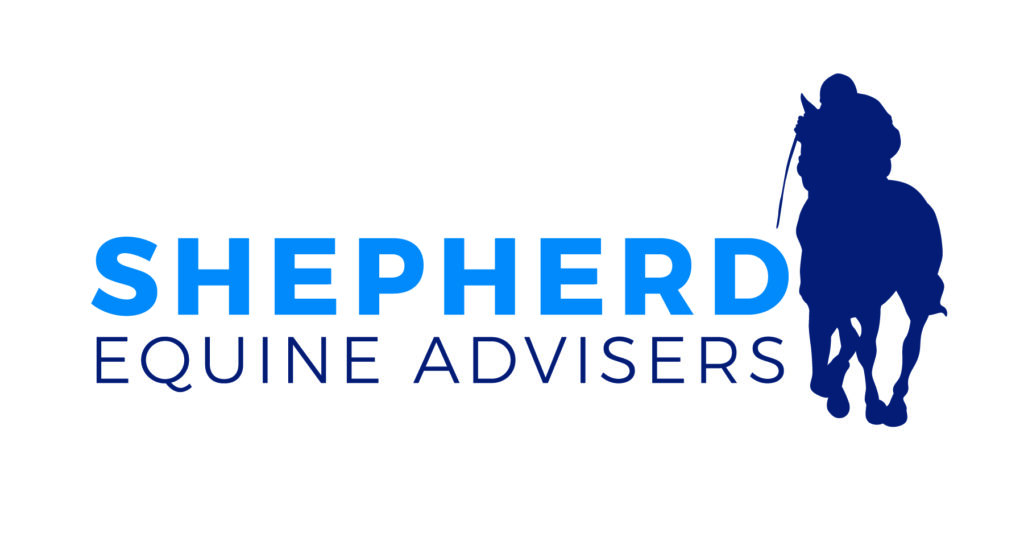
Discover the essentials of thoroughbred investing in just 5 days!
This email course covers breeding basics, smart buying strategies & industry best practices.
Gain the knowledge & confidence to make informed decisions.
Sign up now & start today!
The Thoroughbred Investor’s Crash Course (thoroughbredinvestorguide.com)
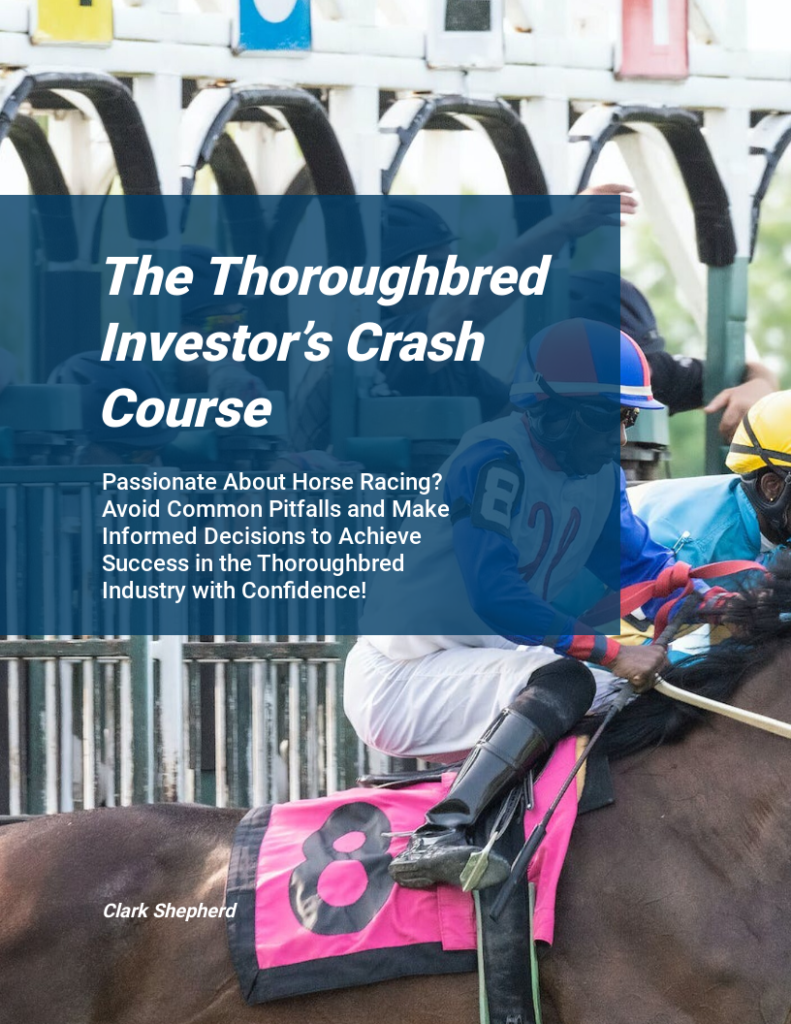
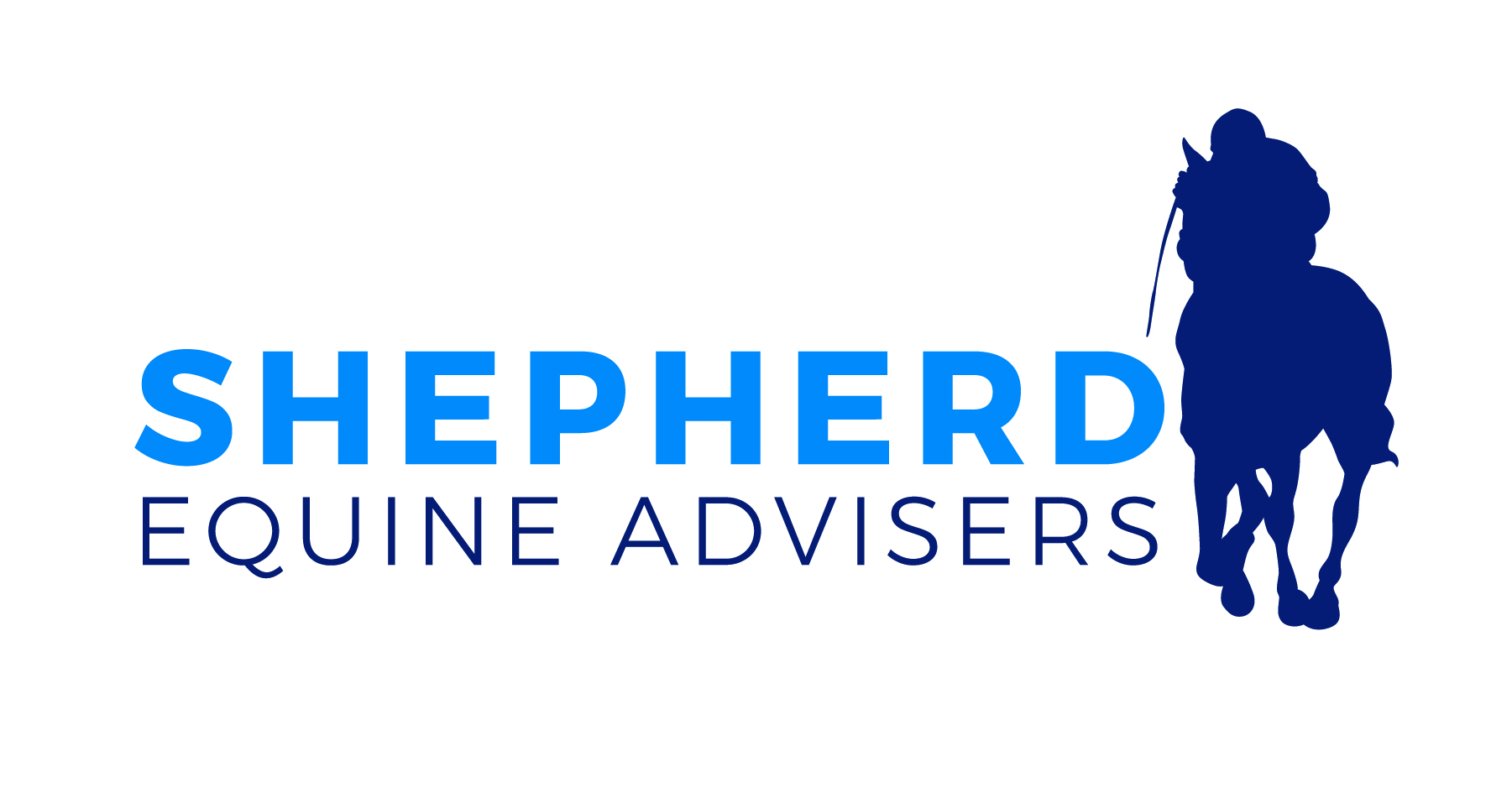


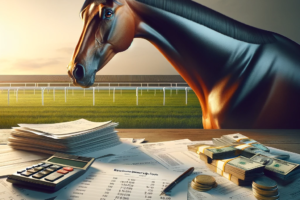

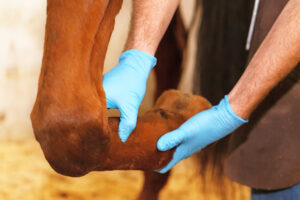
Recent Comments